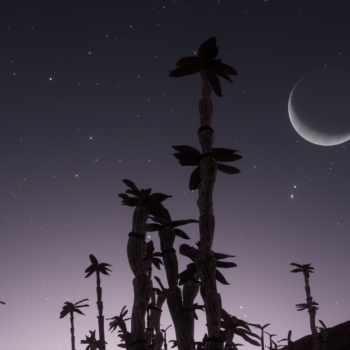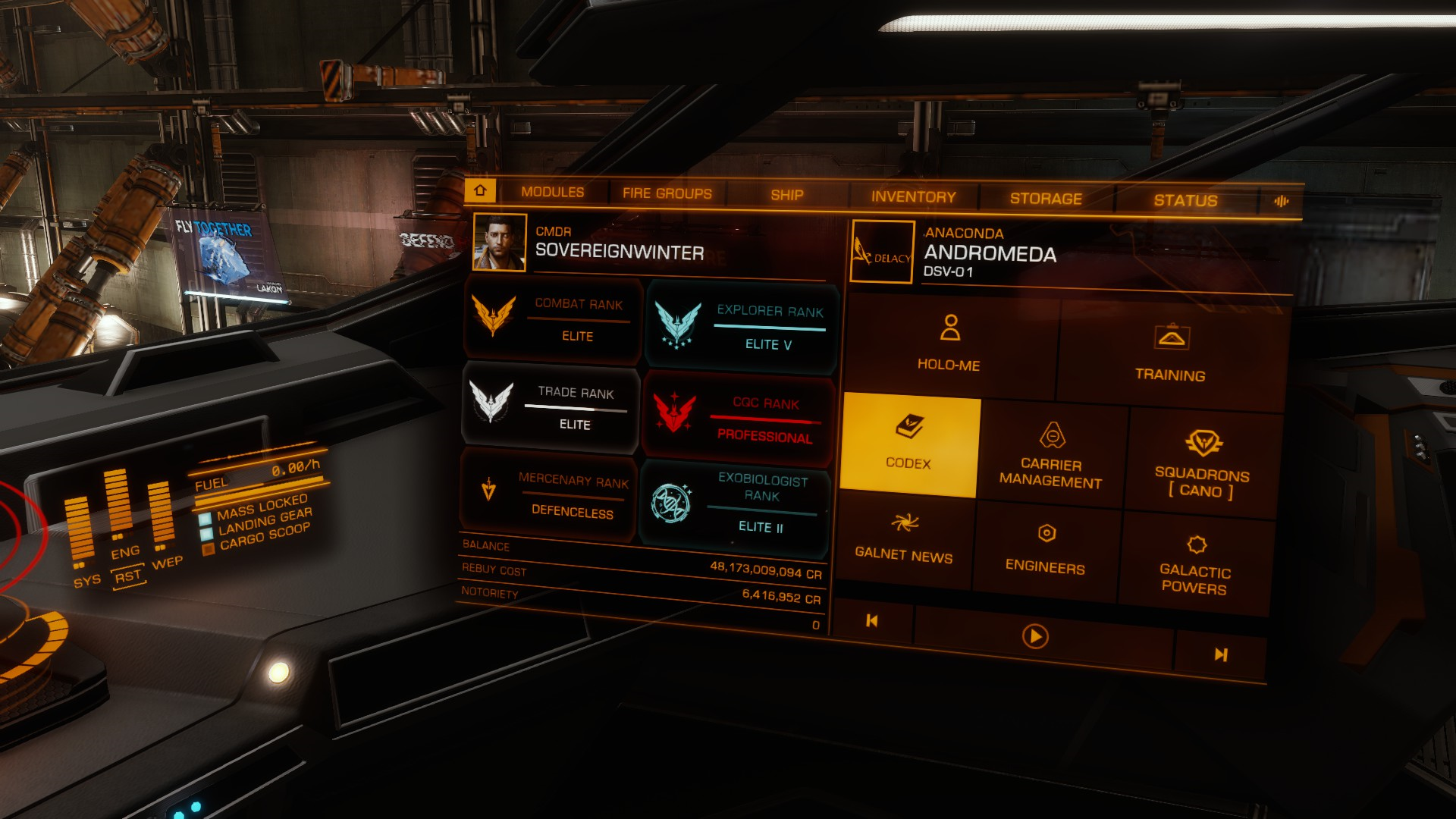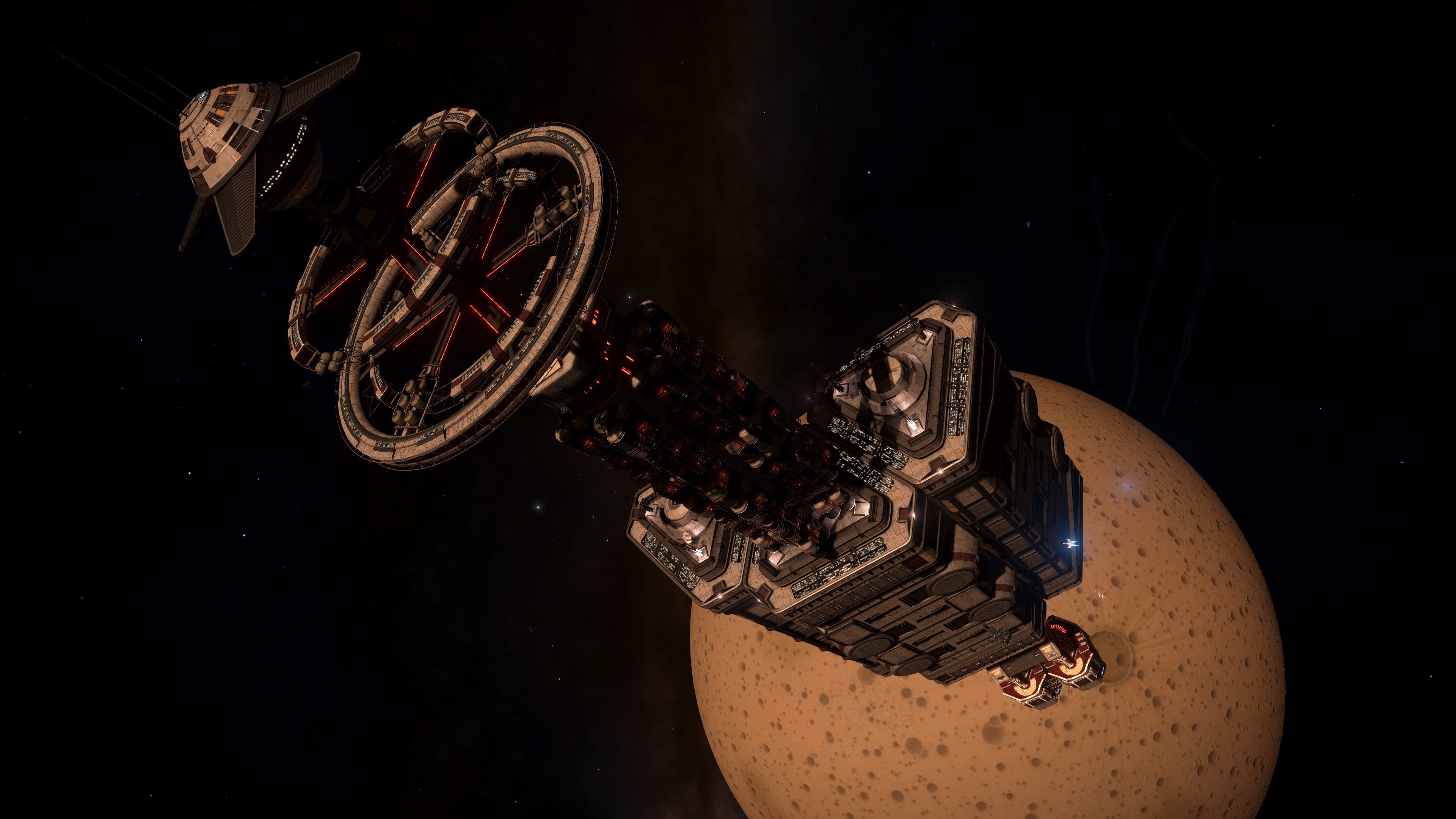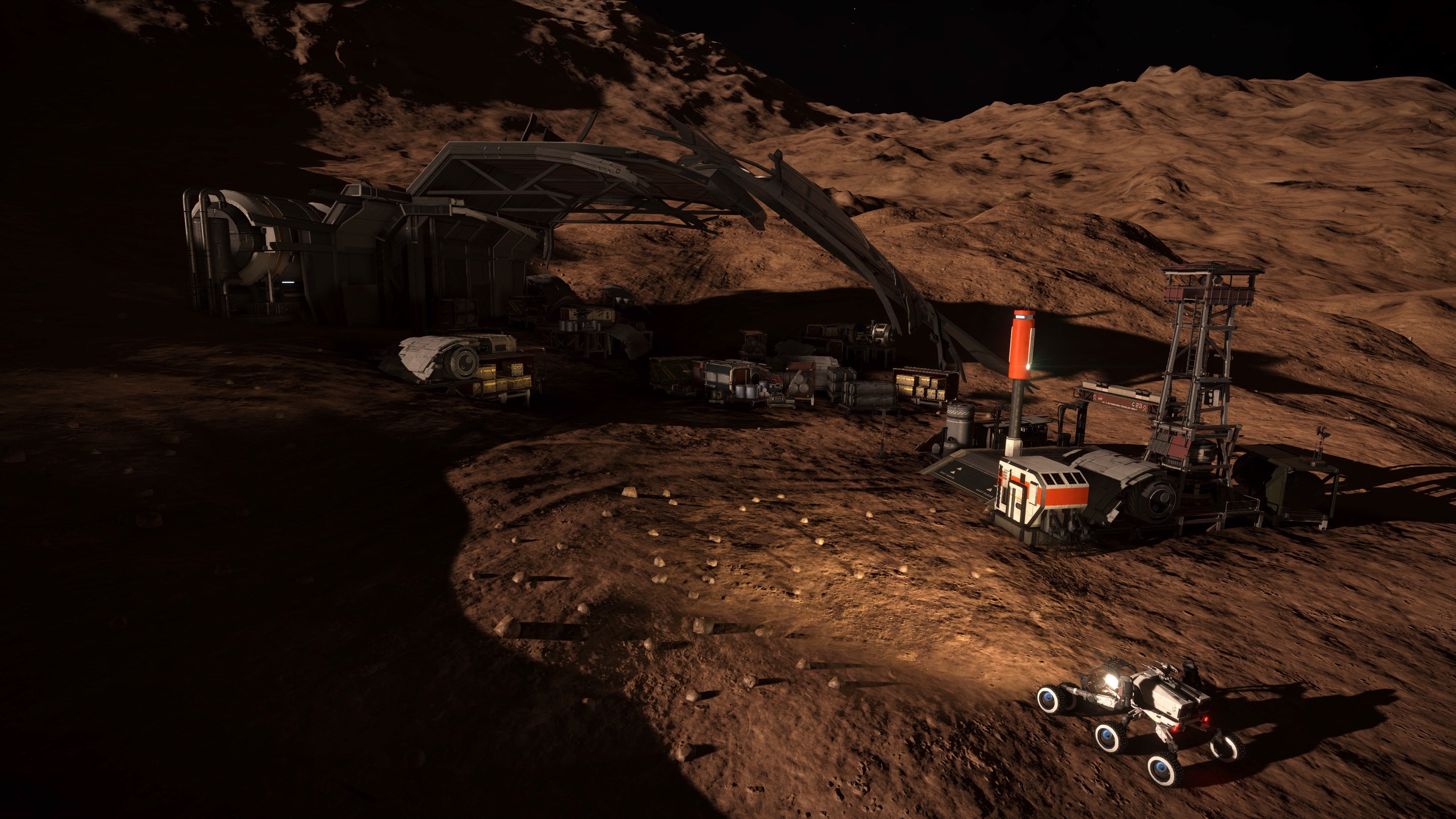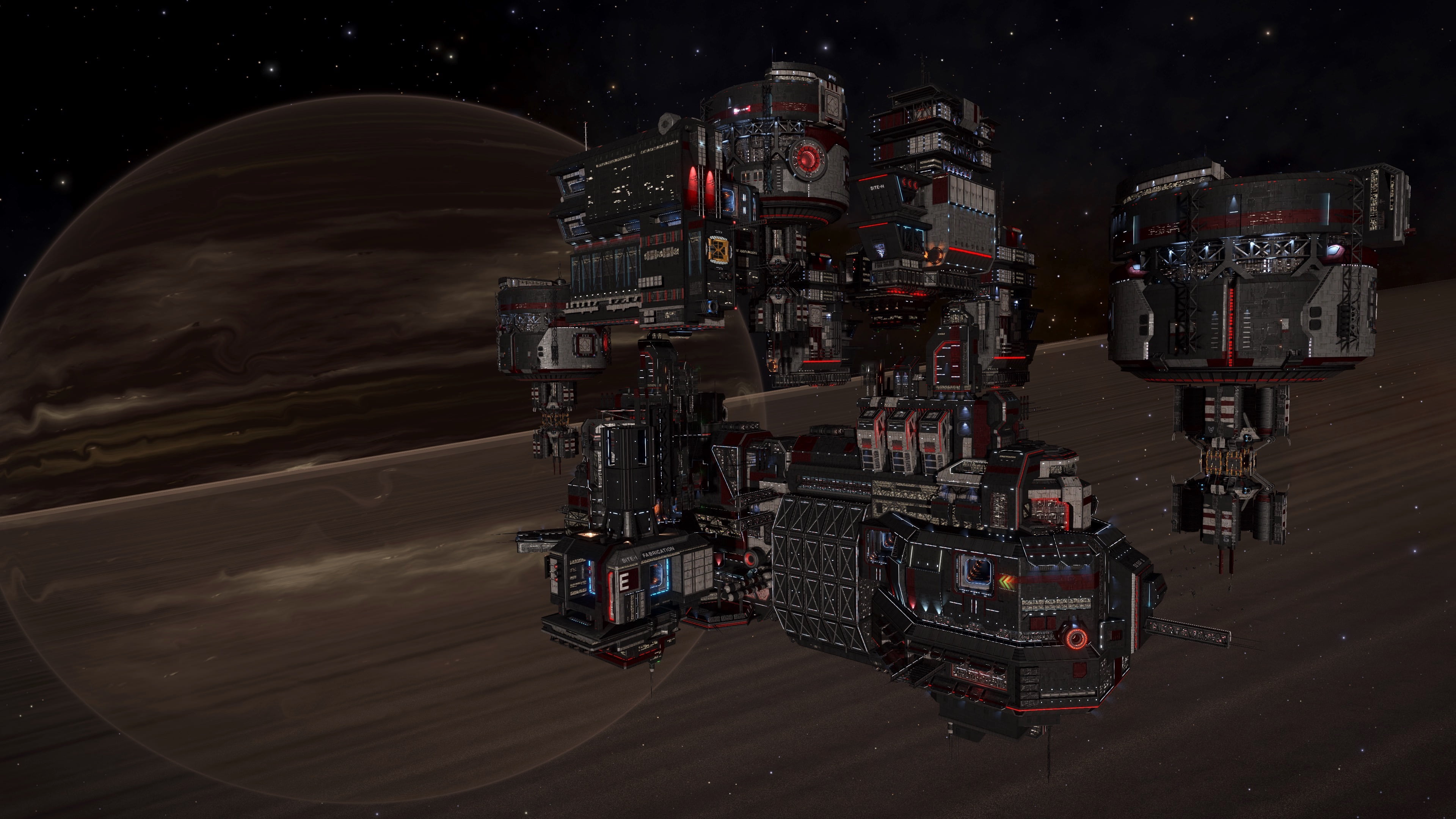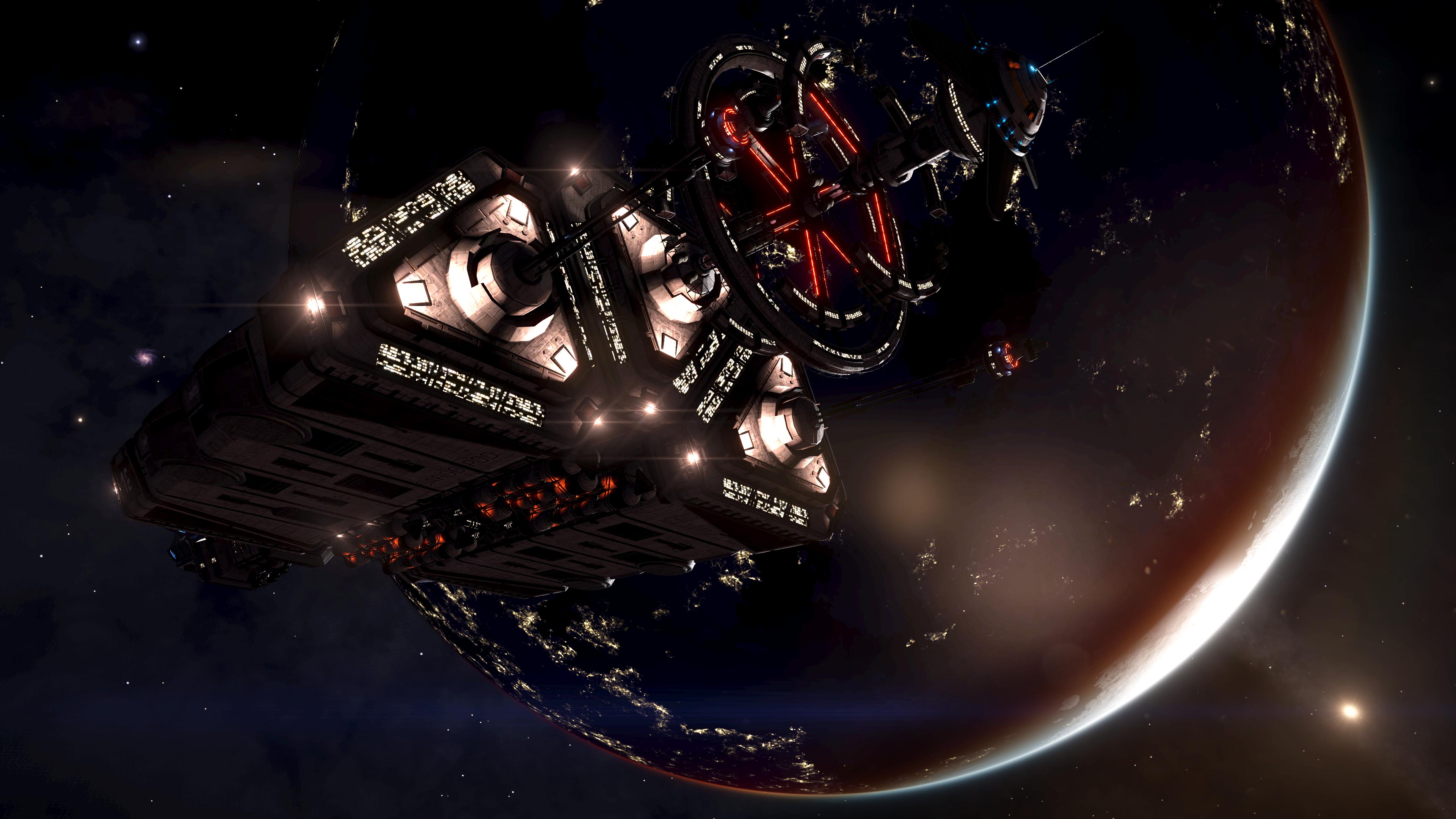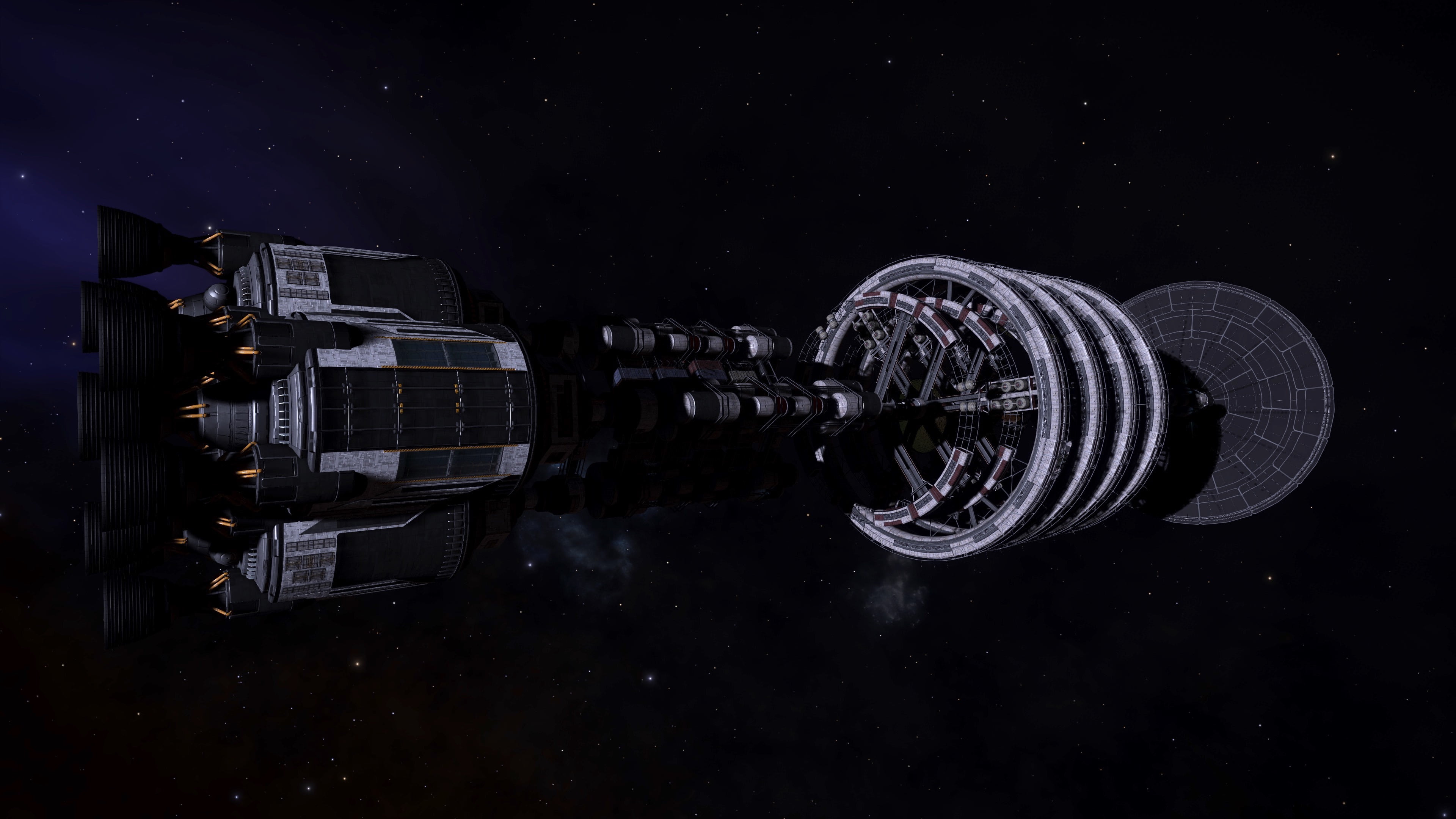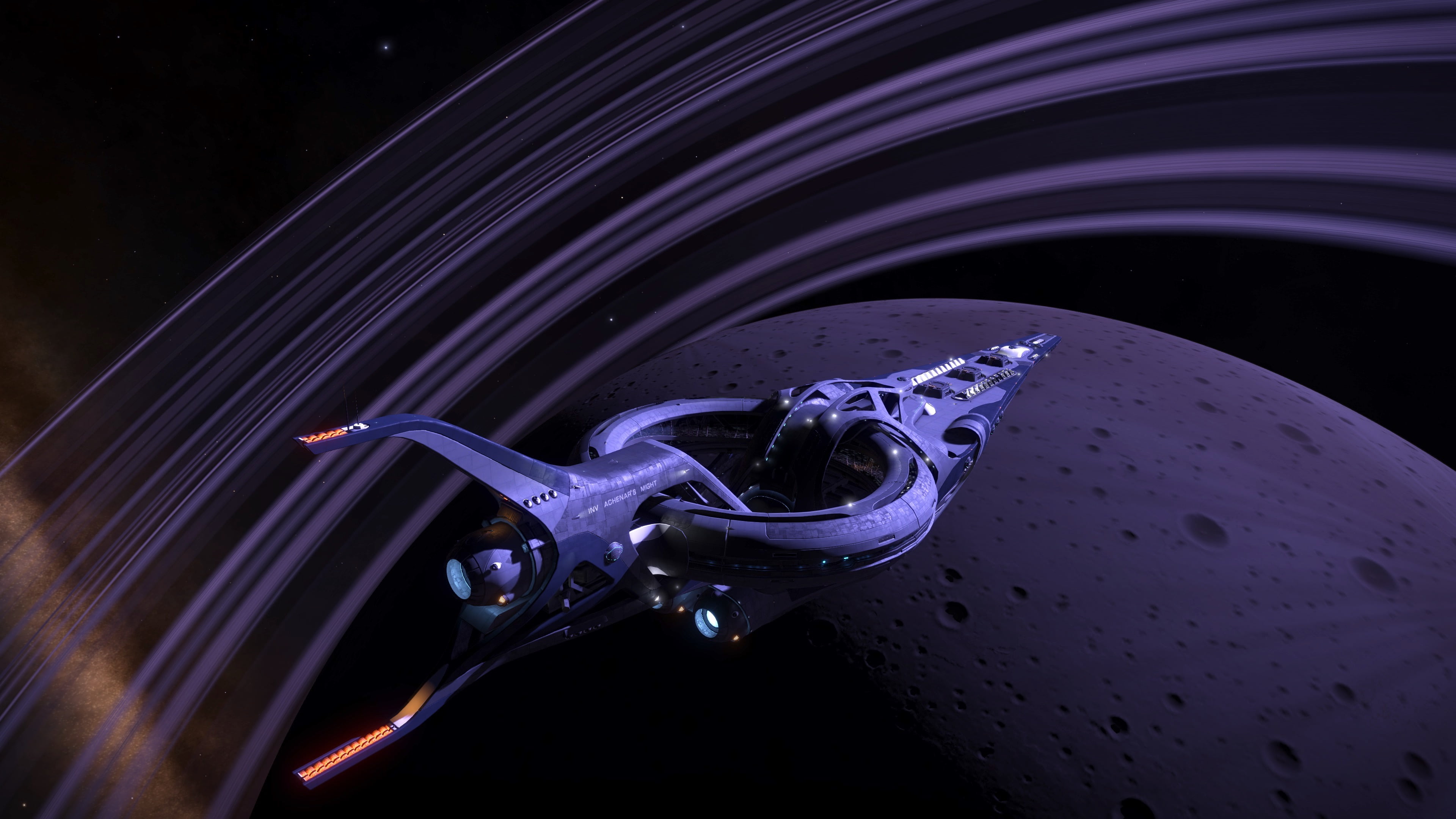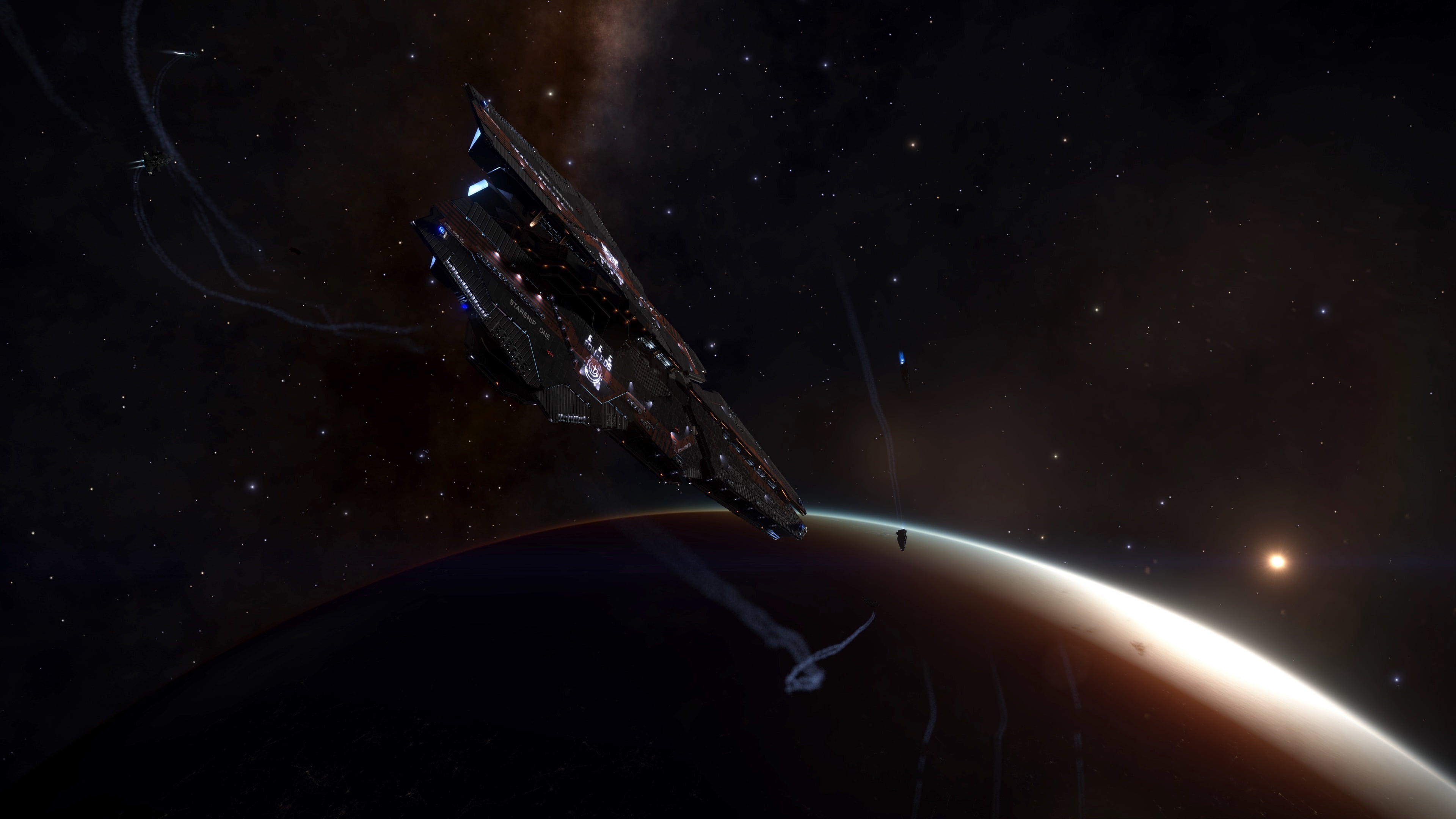CMDR Felsen83 has written a report on the current state of bacterial research.
Back on ancient earth, long before humanity took to the stars, the archaic lifeform named “Bacterium” had been known to populate almost all corners of the planet. With the new campaign to sample all life in our galaxy, initiated by Vista Genomics, we are beginning to see that this characteristic is by far not restricted to the cradle of humanity but seems to span at least all currently explored parts of the universe.
So what can be found out there by the interested commander?
As with all life known to us, bacterial have split into different species, specializing on specific means of survival. In the case of bacterial the surrounding gases seem to be the main driving factor. No bacteria have yet been found on planets with no atmosphere at all, so we have to concentrate on planets with a thin atmosphere, as our current planetary landing technology on standard issue ships doesn’t allow us to tackle thicker atmosphere descents. Following an alphabetical list of bacteria and their favored atmospheric contents:
| Image | Name | Atmosphere with occurrences |
| Bacterium Acies | Thin Neon Atmosphere | |
| Bacterium Alcyoneum | Thin Ammonia Atmosphere | |
| Bacterium Aurasus | Thin Carbon Dioxide Atmosphere | |
| Bacterium Bullaris | Thin Methane Atmosphere Thin Methane-rich Atmosphere | |
| Bacterium Cerbrus | Thin Sulphur Dioxide Atmosphere Thin Water Atmosphere Thin Water-rich Atmosphere | |
| Bacterium Informem | Thin Nitrogen Atmosphere | |
| Bacterium Nebulus | Thin Helium Atmosphere | |
| Bacterium Vesicula | Thin Argon Atmosphere | |
| Bacterium Volu | Thin Oxygen Atmosphere |
Of course there is no general rule without exceptions. Some bacteria don’t rely on the right atmosphere alone. These species have specialized in exploiting the opportunity of free energy that is offered by most kinds of volcanism.
Four such species have currently been found (again in alphabetical order)
| Picture | Name | Volcanism (according to Codex) | Atmospheres with current occurrences |
| Bacterium Omentum | Nitrogen Volcanism | Thin Neon | |
| Bacterium Scopulum | Carbon based Volcanism (CO2 and CH4) | Thin Neon Thin Neon-rich | |
| Bacterium Tela | Helium Volcanism Iron Volcanism Silicate Volcanism | Thin Carbon-dioxide Thin Neon-rich Thin Sulphur-dioxide Thin Water | |
| Bacterium Verrata | Water Volcanism | Thin Neon Thin Neon-rich |
The attentive reader will notice two things:
– the word “current” in the occurrences column
– the “according to codex” in the volcanism column
The first is due to the fact that these bacteria are usually very hard to find. So currently the database at Canonn Research Institute doesn’t have that many entries for these species. Therefore we cannot assume that this list is already complete.
For the Bacterium Tela we can see that this species can exist on various different planets. To date we cannot really see the dependence on the volcanism listed in the universal codex. This bacterium exists both on no-volcanism planets and also on planets with a variety of different volcanism according to the Universal Cartographics catalogue:
- No Volcanism (majority)
- Minor Silicate Vapour Geysers
- Major Silicate Vapour Geysers
- Minor Nitrogen Magma
- Minor Metallic Magma
- Water Magma
- Major Water Magma
For now we can only assume that all entries that are not iron or silicate related have some helium component to them. This includes any helium volcanism that doesn’t fall into the volcanism definition according to Universal Cartographics.
As for the splitting into subspecies, bacteria have evolved into different branches that either specialize in the absorption of starlight or feed on the elements provided by their host planets.
The starlight dependent species have developed the following color scheme:
| Star Class | Subspecies Color |
| O | Turquoise |
| B | Grey |
| A | Yellow |
| F | Lime |
| G | Emerald |
| K | Green |
| M | Teal |
| L | Sage |
| T | Red |
| T-Tauri | Maroon |
| Herbig AE | Not Found Yet |
| Y | Mauve |
| Wolf-Rayet | Amethyst |
| White-Dwarf | Ocher |
| Neutron | Indigo |
The bacterial species that have developed into this scheme are:
- Bacterium Aurasus
- Bacterium Alcyoneum
- Bacterium Cerbrus
Among the rest of the bacterial world we have a split into Grade 3 for the volcanism dependent and Grade 4 for the remaining atmospheric dependent and material consuming species.
Grade 3 dependent:
| Material / Species | Mercury | Niobium | Tin | Tungsten | Molybdenum | Cadmium |
| Scopulum | Peach | Red | Mulberry | Aquamarine | Lime | White |
| Tela | Orange | Magenta | Cobalt | Green | Yellow | Gold |
| Omentum | White | Peach | Red | Blue | Aquamarine | Lime |
| Verrata | Red | Mulberry | Blue | Lime | White | Peach |
Grade 4 dependent:
| Material / Species | Technetium | Tellurium | Polonium | Ruthenium | Antimony | Yttrium |
| Nebulus | Cyan | Green | Gold | Orange | Magenta | Cobalt |
| Acies | Lime | White | Magenta | Cobalt | Cyan | Aquamarine |
| Vesicula | Gold | Red | Orange | Mulberry | Cyan | Lime |
| Informem | Aquamarine | Yellow | Lime | Gold | Red | Cobalt |
| Volu | Lime | Cyan | Aquamarine | Cobalt | Red | Gold |
| Bullaris | Gold | Lime | Yellow | Aquamarine | Cobalt | Red |
Here at Canonn Research Institute we also try to predict the existence of specific bacterial species according to the known properties of planets. Unfortunately this currently seems to be a futile attempt. While we can predict the kind of bacteria that might exist on a specific planet, we are unable to tell whether a planet carries bacteria at all. The reasons for this are yet unknown. Speculations are that either bacteria haven’t spread to certain planets, or additional criteria have to be met so that they could exist on these currently barren planets.
Currently prediction attempts according to the following parameters have been made:
- Average Surface Temperature
- Gravity
- Atmospheric pressure
- Distance from the systems main star
- Body radius
Also different combinations of these parameters.
While some of these parameters show clear boundaries, like average surface temperature and gravity, the same properties can be attributed to the corresponding atmospheric compositions and planet types (metal-rich, HMC, rocky body, rocky icy planet, icy planet) at large. Still we find very similar planets within these parameters, that contain no life at all.
Hopefully we can one day find the missing parameters so that we can tap into the vast catalogue of systems and planets at Universal Cartographics to go on targeted hunts for specific species or even subspecies.
If you would like to conduct your own research into any of the Biology found in the Galaxy, you can access live data from https://canonn.fyi/biosheet


